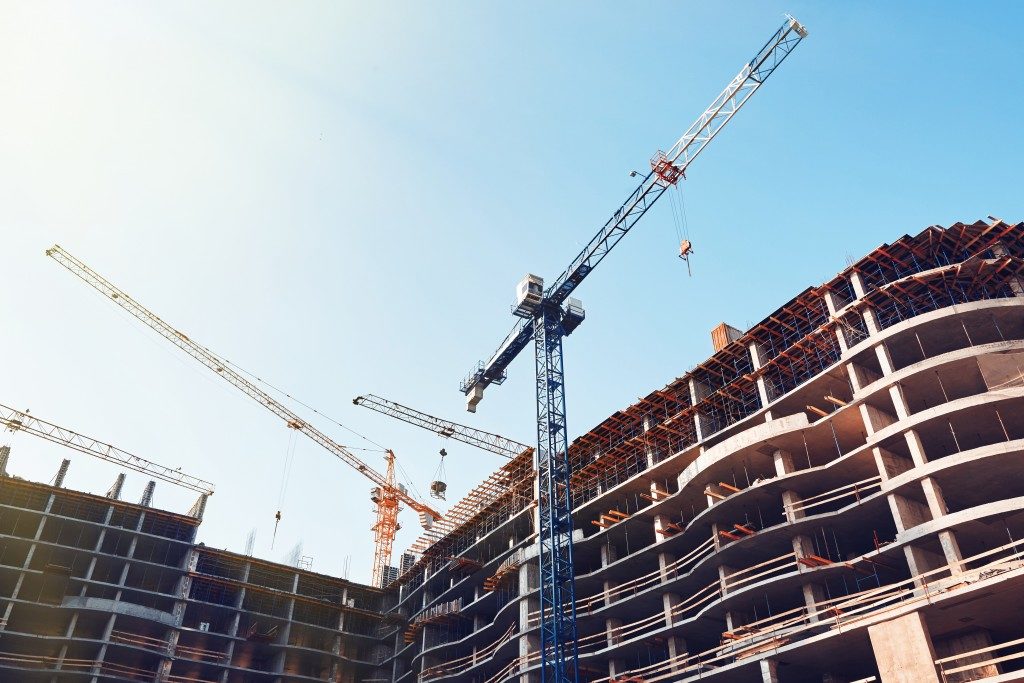We belong to the region of the world where earthquakes are prevalent. The Pacific Ring of Fire causes about 90% of the world’s volcanic eruptions and earthquakes leaving residents around the Pacific at high risk of natural disasters.
It stretches 25,000 miles from New Zealand all the way up to Southern Alaska and makes its way throughout the entire west coast of North and South America. It is the biggest fault line on Earth with the most geographical activity.
With an estimated number of about 30,000 earthquakes in a year, people are taking the necessary precautions against this force of nature, including earthquake-proofing structures and homes.
The Impact of Earthquakes on a Structure
It is important to understand how seismic activity impacts buildings and structures. Earthquakes send shockwaves caused by a rapid shaking of the ground due to the shifting of rocks and tectonic plates in the Earth’s crust.
An earthquake of any magnitude can affect a small community or cause widespread damage resulting. Buildings and structures are greatly affected by these shockwaves. Its effects, however, are dependent on the quality of materials used and the efficiency of the method used in building them.
Unstable structures that fall and come crashing down usually are the ones that claim lives in an earthquake. Unstructurally sound buildings pose a greater threat than the ground opening and eating people and possessions up.
The Technology Behind Earthquake-Proofing

While improving the foundation and procuring wholesale welding supplies to enhance steel reinforcements help build a stable and sound structure, earthquake-proofing methods have improved significantly. Over the past few years, designers and builders have introduced new materials and techniques that helped buildings stand strong during an earthquake.
Buildings are generally designed to support certain vertical loads so walls, roofs, and other parts of the structure don’t topple down. However, since earthquakes are mostly horizontal, they present an unexpected lateral load on the structure which is harder to account for. While reinforcing bricks and blocks with steel helps lift some of the lateral load off, it is usually not enough in the face of strong quakes, especially if you take into consideration all the vertical load the walls need to support.
Taller buildings usually employ a method called base isolation, which utilizes flexible bearings and pads where buildings are mounted on to allow the building to not sit directly on the ground. It functions similarly to a car suspension. The Japanese have a similar technology they call the levitating house. The house is sitting on top of a deflated airbag which is then inflated by a compressor once sensors detect a tremor. The airbag deflates once the earthquake is done.
Another type of technology used is a tuned mass damper which works like a giant pendulum that helps stabilize high-rise buildings and skyscrapers. This method involves a heavy mass near the top of the building that’s suspended with cables. When an earthquake strikes, this mass is designed to move in the opposite direction with the same amount of force of the building which helps keep it from toppling over. The mass acts as a pendulum that swings back and forth to help dampen the seismic effects on the structure.
Some other methods scientists and engineers are looking at are seismic invisibility cloaks, which shield structures from vibrations and continuous development and innovation of earthquake-resistant materials.
Earthquakes are inevitable and there is no foolproof way of predicting or protecting buildings and structures. However, experts are working diligently at improving building methods and materials to minimize damages in the wake of this force of nature.



